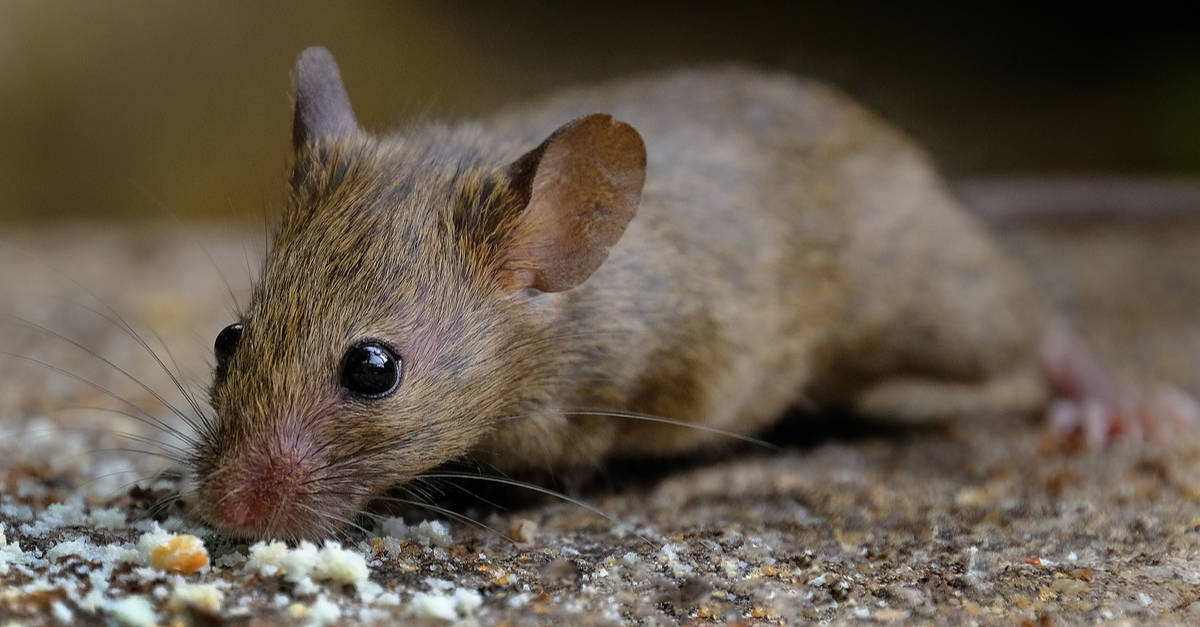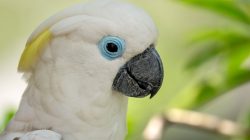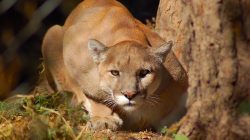The Wonderful World of Tennis and Tiny Mammals
The world of tennis is playing a surprising role in helping some of nature’s smallest mammals survive. Each year, after the Wimbledon tournament, thousands of used tennis balls are donated to the UK Wildlife Trust. Volunteers at the organization drill holes into these fuzzy balls to create nesting “houses” for wildlife. These ball-shaped homes are then attached to poles, where harvest mice can find them. Once discovered, the mice move into these elevated structures, which offer protection from ground predators like snakes. The roughly 55,000 donated tennis balls are helping to combat habitat loss for these tiny rodents.
Understanding Mice: A Global Perspective
Mice are common rodents found throughout the world, with over 1,100 species. While they vary in characteristics, most are small, fast, and furry. This article explores the most common mouse species that people are likely to encounter, both in the U.S. and around the globe. Some species overlap in territories, making identification challenging.
Key Features of Mice
Mice are small mammals with several distinguishing traits. They typically measure between 4 and 7 inches long and weigh between 0.4 and 3 ounces. They have long tails, pointed snouts, and small ears. Mice also have short gestation periods and often give birth to litters ranging from 4 to 10 individuals. Their lifespan varies, but most live between 2 and 7 years.
Mice belong to the order Rodentia and are part of several families, genera, and species. However, “true mice” are specifically classified under the family Muridae. There are over 1,000 species of mice worldwide, with some being more common than others.
Mice vs. Rats: Key Differences
Although mice and rats share similarities as rodents, they differ in several ways. Rats are generally larger and heavier than mice. They also have longer, thicker tails compared to their body size. Rats typically have hairless, scaly tails, while mice usually have thin, hairy tails. In terms of habitat, rats are more commonly found in urban areas, while mice tend to live in rural and suburban environments. Both, however, are drawn to human settlements due to the availability of food.
The Most Common Mouse Species
5. Cotton Mouse
The Peromyscus gossypinus, or cotton mouse, is primarily found in the southern United States. It inhabits woodlands and sometimes invades homes and garages. This mouse has a white stomach and feet, along with brown fur on its back and head. It measures between 3.1 and 3.9 inches in length, with an additional 3 to 4 inches from its tail.
4. Western Harvest Mouse
The western harvest mouse is native to the western U.S., though its range extends as far east as Indiana. It has brown fur with a white stomach and a distinctive white stripe running down its sides. Its fur has a yellowish-buff color on the sides. These mice can grow up to 5 inches in length, with much of that coming from their tails.
3. White-footed Mouse
The white-footed mouse is easily identified by its pink feet and white fur surrounding them. It is widespread across Canada, the U.S., and Central America. This mouse weighs just over an ounce and can grow up to 7 inches long, including its tail. It is also known as the woodmouse in parts of the southern U.S. Unfortunately, it has a shorter lifespan in northern regions, typically living only 1 to 2 years.
2. Deer Mouse
The deer mouse, also known as the North American or eastern deer mouse, is found throughout North America. It is similar in appearance to the white-footed mouse but can be distinguished by its two-toned, brown-and-white tail. This species is widely used in scientific research.
1. House Mouse
The Mus musculus, or house mouse, is the most common mouse species globally. You can find them on every continent except Antarctica. They measure between 5 and 8 inches in length, including their tails, and weigh about an ounce and a half. As a model organism, the house mouse is extensively used in laboratory studies. In the wild, they inhabit homes, fields, and farmlands, always searching for food. Originally from Europe, they spread worldwide through exploration and colonization.
Identifying Mice: Challenges and Tips
Identifying mouse species can be difficult, as many are small, brown, and quick. However, understanding their physical traits, habitats, and behaviors can help distinguish them. Whether you’re encountering a cotton mouse in the south or a house mouse in your home, knowing the differences can provide valuable insights into the wildlife around you.
Summary of the 5 Most Common Mouse Species
- Cotton Mouse – Found in the southern U.S., with distinct coloring.
- Western Harvest Mouse – Known for its white stripe and yellowish-buff fur.
- White-footed Mouse – Easily recognized by its pink feet and wide distribution.
- Deer Mouse – Often mistaken for the white-footed mouse, but with a two-toned tail.
- House Mouse – The most common species worldwide, found in nearly every region.
Stay Updated on Animal News
For more information on animals and wildlife, follow A-Z Animals for the latest updates and exciting news. Click here to access the A-Z Animals profile page and hit the Follow button. Share your thoughts by adding a comment below!







